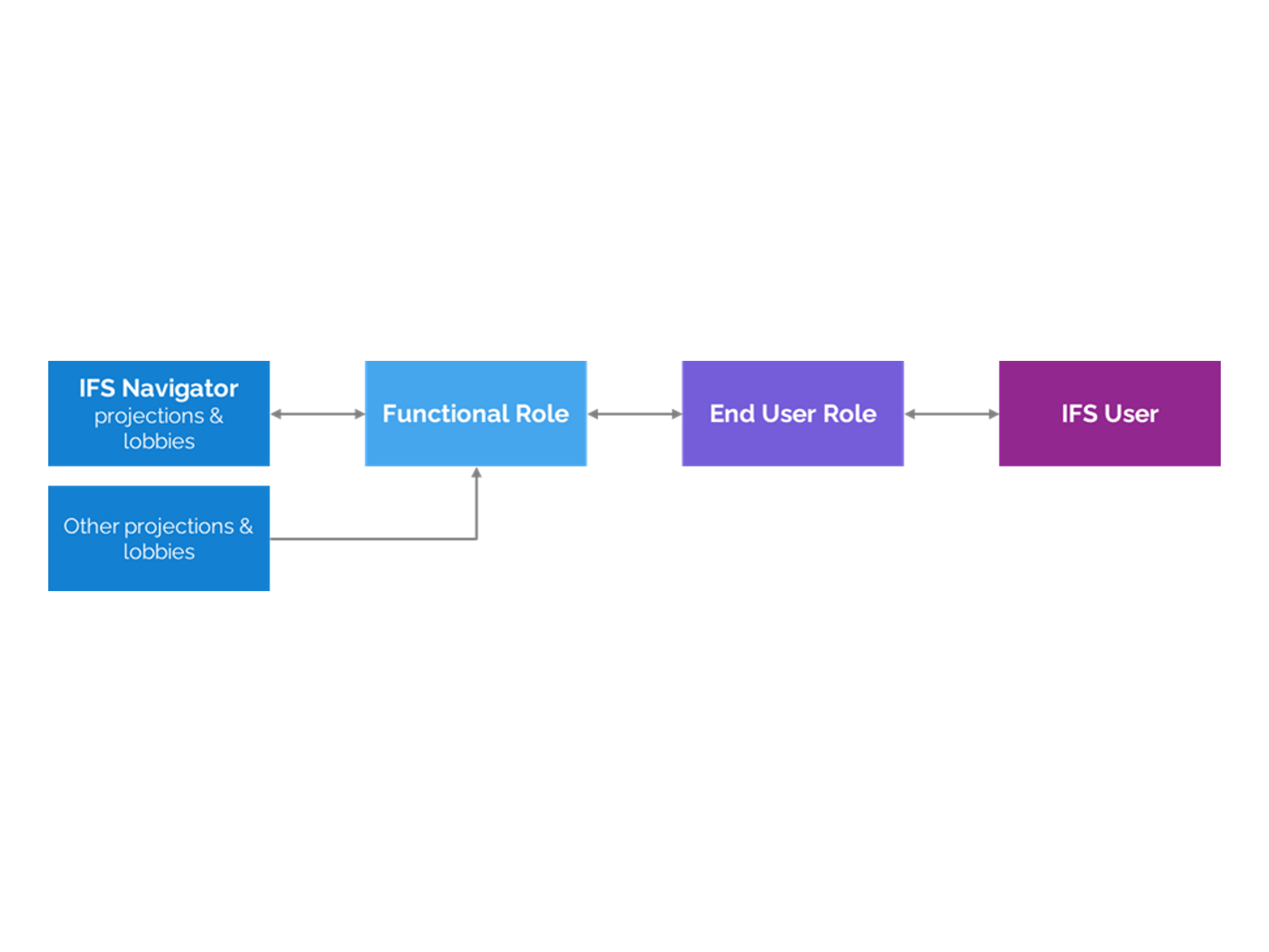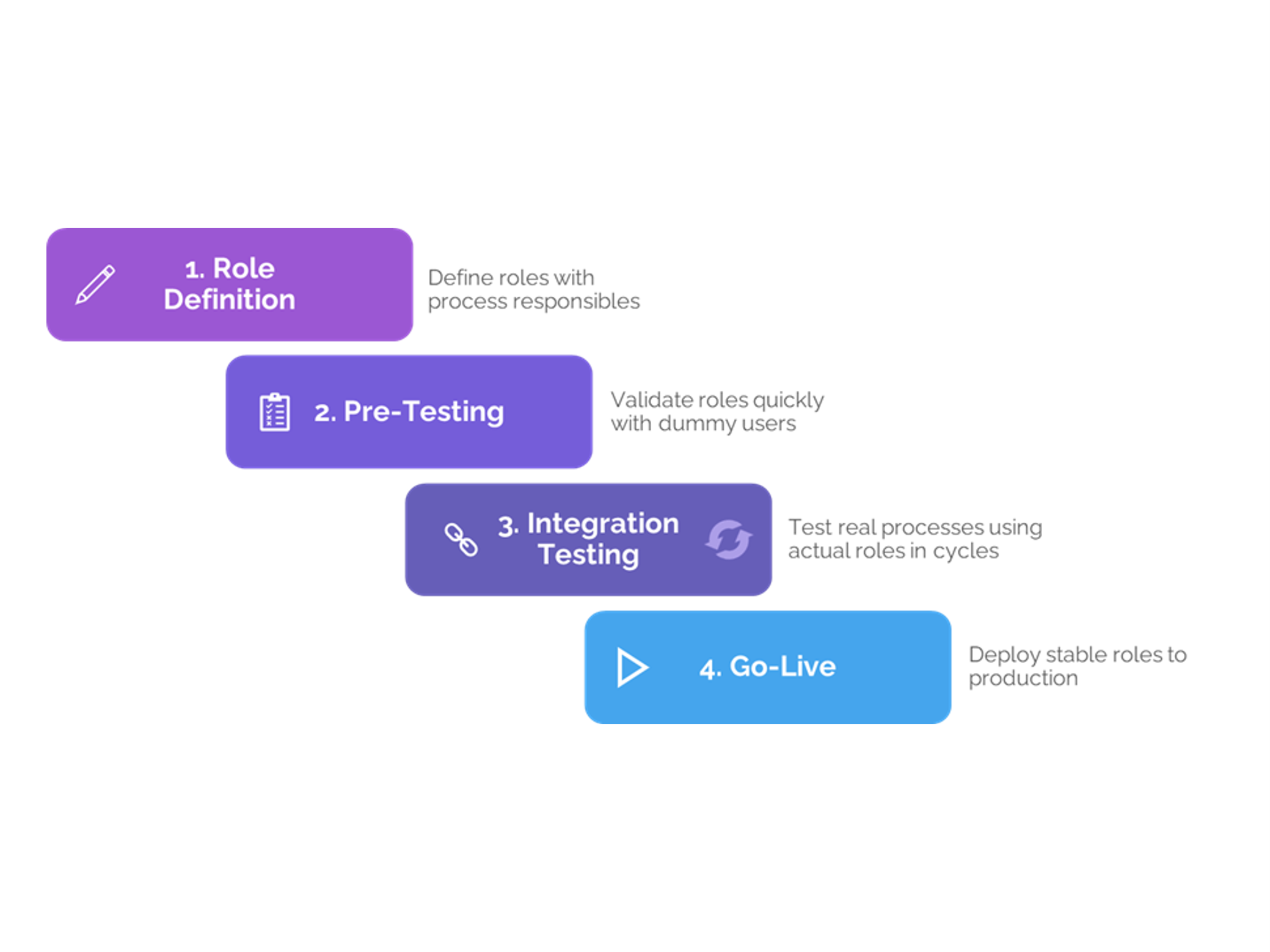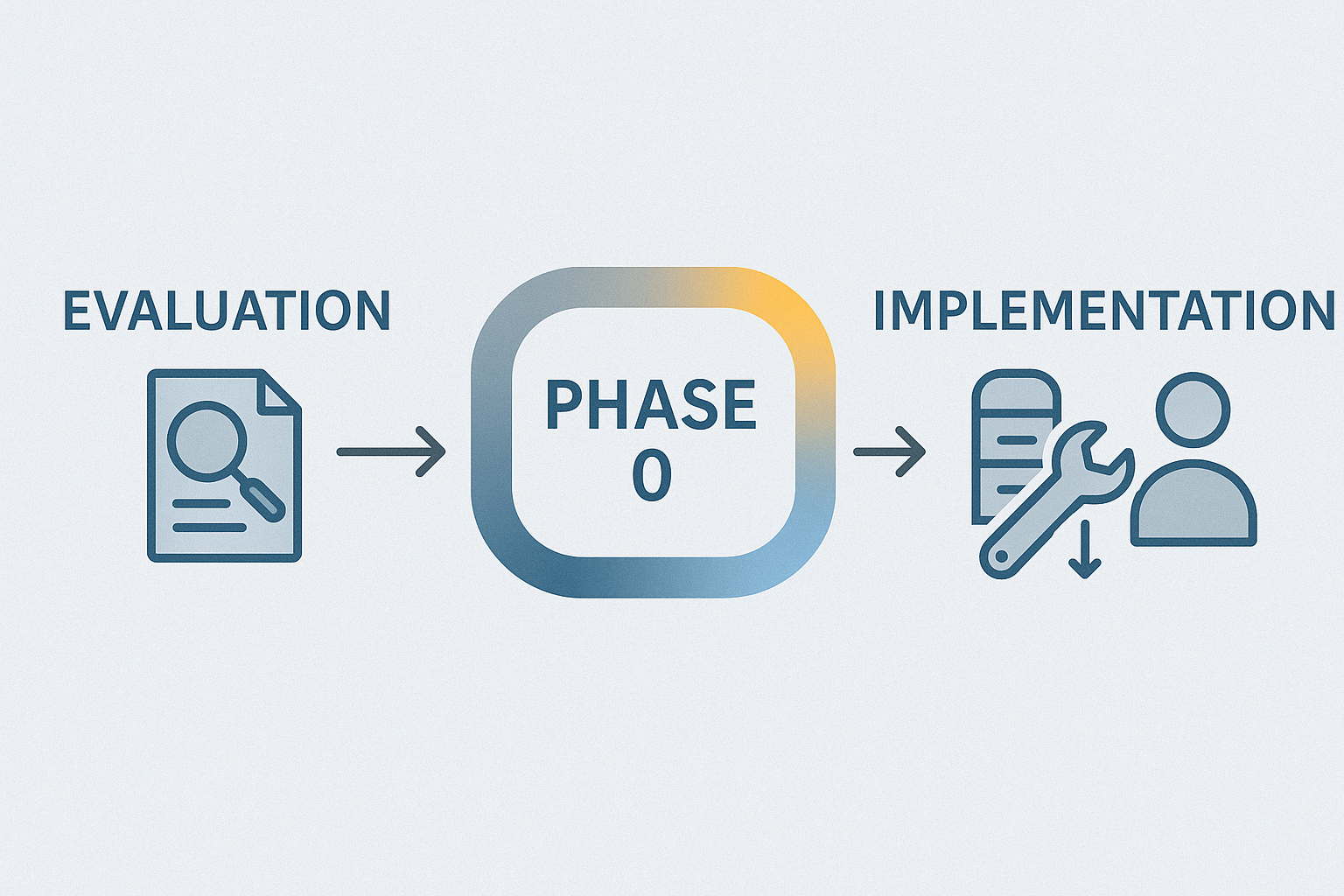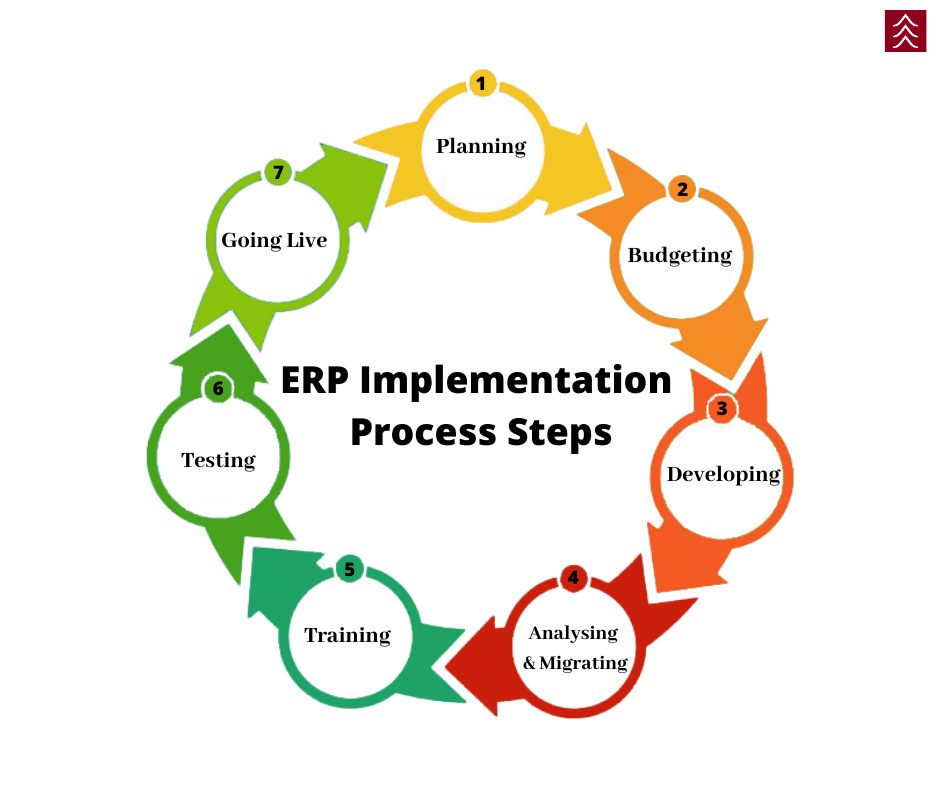Cutover management is a very extensive subject area in any ERP or software implementation project. It involves a number of challenges, such as the coordinated execution of all necessary steps and activities to ensure a smooth transition from the old to the new system landscape. This includes planning and executing data migrations and conversions, integrating all affected business units and processes, and training and supporting employees in using the new systems. Another important factor is minimizing downtime and disruption during the cutover process. Effective change management is therefore critical to ensure that the cutover is carried out successfully. In our following article, you will learn how to approach cutover planning based on our experience in order to successfully complete your implementation project.
A clear goal for a successful cutover
Underlying all of this is the clear goal for successful cutover management:
Ensuring a coordinated transfer from the legacy system to the new system for operational use.
Thoughtful and complete cutover planning is essential for successful cutover management. In the following section, you will learn what the main tasks within such planning should look like.
Cutover management: How to approach planning
Main planning tasks
- Support in the context of the go-live strategy:
- Cutover management supports the project steering committee in deciding on an optimal go-live strategy. In our experience, the following approaches are recommended:
- Big Bang Approach: the old system is shut down and immediately replaced by the new system - without a transition period.
- Parallel approach: In the parallel cutover strategy, the new system is deployed simultaneously with the legacy system until the accuracy and reliability of the new system can be verified.
- Phased approach: The order of functions for the phased transition by subsystem is usually determined either by user needs or by the logical sequence of functions.
- Cutover management supports the project steering committee in deciding on an optimal go-live strategy. In our experience, the following approaches are recommended:
- Support in the context of business processes:
- Informing creditors and debitors for possible delivery bottlenecks and delays in the receipt of goods.
- Determine the duration and time when neither transaction data nor master data of the internal business processes can be changed operationally.
- Definition of fall back scenarios:
- For some project scenarios, a fall back plan can be very helpful. Be it in case of faulty data migration, resource shortage or other essential errors in the software or an interface. At a certain point, you should consider whether a fall back makes sense.
- Typical fall back scenarios are for example: Re-entry into the legacy system, use of a temporary interim system, etc.
- Creation of a script:
- Within the script, you should identify all activities to be completed at all levels of the project. These include for example:
- Review/correction of migrated master data/transaction data.
- New creation/addition of required master data/transaction data
- Review of documents
- Review of interfaces
- Within planning and execution, the following items must be tracked:
- Task dependencies
- Definition of tasks, responsibilities, deadlines: What? Who? When? Status?
- Within the script, you should identify all activities to be completed at all levels of the project. These include for example:
Success with effective planning
In conclusion, effective planning is crucial for the successful implementation of cutover management in ERP projects. This involves coordinating all the necessary steps and activities to ensure a smooth transition from the old to the new system landscape. An important tip is to involve all relevant stakeholders early on in the planning and execution of cutover management. These include the IT team, senior management and the end users who will be using the new systems. This allows organizations to ensure that all necessary steps and activities are considered and all potential challenges are addressed. In addition, effective communication and collaboration between all stakeholders is critical to the success of the transition. A good collaboration and keeping everyone up to date can minimize disruption and make the transition to a new ERP system as smooth as possible.
About 2BCS AG
2BCS AG, based in St. Gallen and Zurich, was founded in 2006 as an independent, process-oriented consulting company in the field of digitalization. Our offer includes digitization strategies, evaluations in the ERP, CRM and MES environment as well as implementation services. More than 300 medium-sized industrial and commercial companies in Switzerland and abroad have used our services to date and, according to the "Neue Zürcher Zeitung", 2BCS is the largest and most successful independent evaluation and implementation consulting company in Switzerland. Our secret of success is competent consultants and the ability to bring in knowledge, experience and competencies in such a way that our clients benefit maximally.
Contact us






